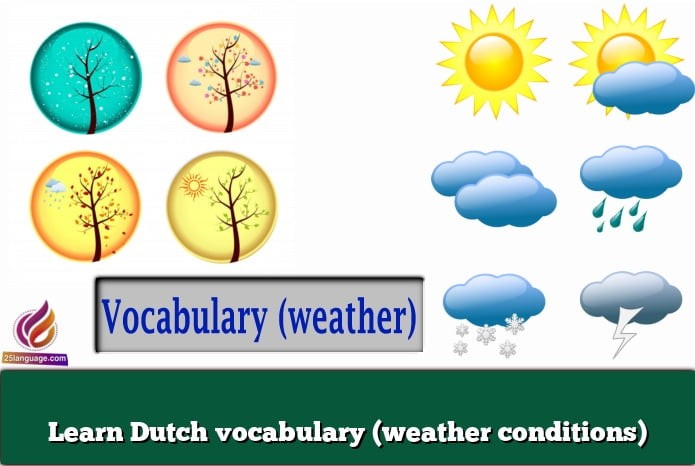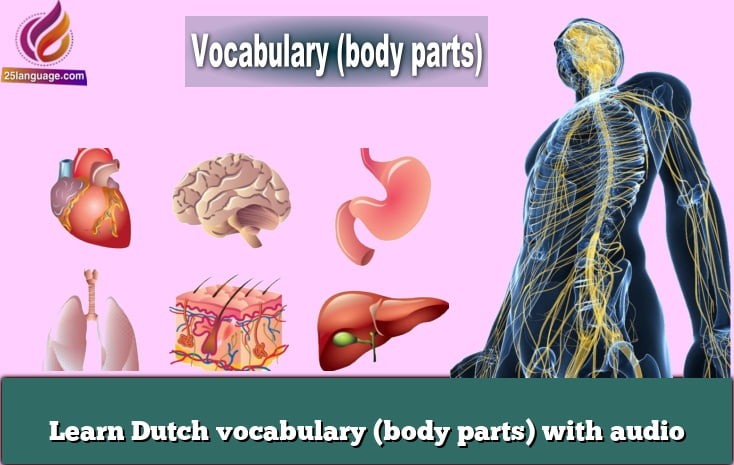Fruits and food in Dutch
Learn Phrases (Fruits and Food)

Learning fruits and food in Dutch can be beneficial in several ways:
- Communication: If you plan to visit the Netherlands or interact with Dutch speakers, knowing these phrases can help you to communicate with locals and understand menu items, food-related information, and even food allergies.
- Cultural Understanding: Food is an essential part of any culture, and the Netherlands is no exception. Learning about Dutch food and cuisine can help you understand their culture and way of life better.
- Practical Knowledge: Knowledge of Dutch fruits and food can also help you plan your meals, grocery shopping, and cooking. Knowing the names of the fruits and foods can help you shop more efficiently and cook traditional Dutch dishes.
| Fruit/Food | Dutch |
|---|---|
| Apple | Appel |
| Banana | [responsivevoice voice="Dutch Female" rate="0.8" buttontext="►"]Banaan |
| Orange | Sinaasappel |
| Strawberry | Aardbei |
| Pineapple | Ananas |
| Grape | Druif |
| Lemon | Citroen |
| Watermelon | Watermeloen |
| Mango | Mango |
| Cherry | Kers |
| Bread | Brood |
| Cheese | Kaas |
| Butter | Boter |
| Milk | Melk |
| Egg | Ei |
| Meat | Vlees |
| Fish | Vis |
| Potato | Aardappel |
| Carrot | Wortel |
| Tomato | Tomaat |
These are some of the most common fruit and food phrases in Dutch. By learning these phrases, you can order food at a restaurant, shop for groceries, and prepare traditional Dutch dishes.





























